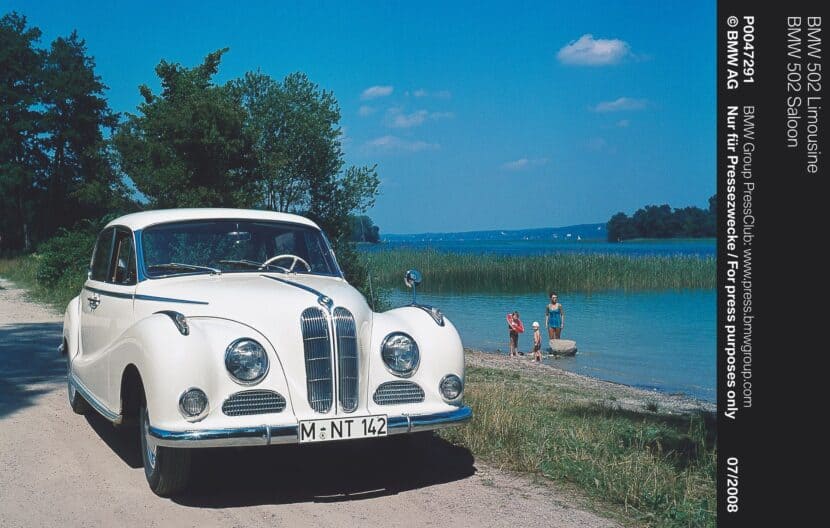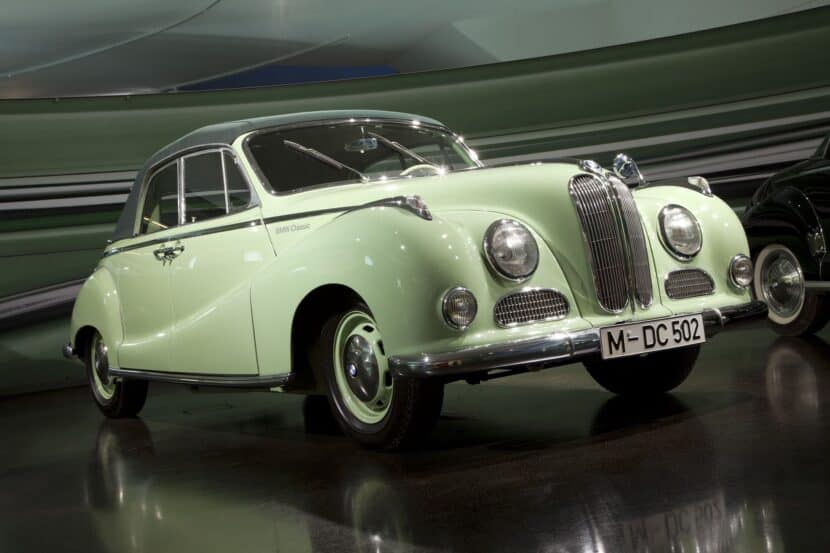It’s unlikely that there’s a BMW enthusiast free of an opinion about the large kidney grilles that feature on its current vehicles. Much of the internet frothing, loathing, defending and debating tends towards the subjective of love-it or hate-it. Quite understandably, what’s missing is the context behind why BMW chose to change direction and, I promise we’ll come to this later, why it’s changing direction in future.
So how did we get here? Well, after spending two and a half years with BMW’s designers researching my book BMW by Design, I think I know the behind-the-scenes story. Whether you’re a lover or a hater of larger grilles, then at least you’ll soon know the reasons why and challenge opinion with fact.
BMW 315/1
First, a little look back to the early-1930s and the BMW 303. This compact sedan featured two giant kidney grille that dominated the front on the car. They were so large that, aside from two circular lights and front fenders, they were the entire front of the 303. In 1934, the 303’s successor arrived. The new BMW 315 featured neater, but still gigantic, twin kidney grilles that not only leant backwards slightly at the top but were swept back too to give it a dramatic and sportier look.
Head of body engineering Peter Szymanowski wasn’t a trained designer, but he knew how to draw. Crucially, the engineer also had an eye for aesthetics and when the 315/1 roadster was added to the range, he oversaw a sleek-looking car that angled the two grilles back a little more. By positioning the two circular lights just-so, the 315/1 sports car had a steely-glare that avoided the bug-eyed look of many contemporary designs of the era.
BMW 328 Roadster
The BMW 328 roadster and this built on the style of the earlier 315/1 but faired in the headlamps to cement a style of linking headlamp shape and surrounding metal with the grilles.
When the 315/1 roadster was replaced by the 328 roadster in 1937, Szymanowski faired the headlights into the fenders and created an even-sleeker-looking design statement for the new sports car. Although the sedans created under his watch were conservatively styled, they were enlivened by even taller grilles that granted pre- and early post-war BMWs a strong face in sea of sameness.
The die was cast, and a near-century of designers that followed Szymanowski learned to play out a kaleidoscope of different BMW visages. The key, back then, now and in the future wasn’t just about the size, location and angle of the twin grilles but the larger creative challenge of harmonizing – and sometimes contrasting – them with the headlights. This is the evolving face of a BMW. It’s more than just the shapes, size, and angles of the grilles but their ensemble relationship to the headlights and the crucial surrounding sheet metal, plastic or digital stripes of light that links them together or holds them apart.
The large BMW sedans and convertibles of the 40s and 50s built in the post-war era still featured tall vertical grilles but added smaller horizontal ones beneath the headlights. The effect made for an unhappy-looking design that needed rebooting in the decade to follow.
Next, in Part 2 Steve Saxty examines how the BMW grille evolved during the classic eras. Part 3 examines the large grilles of today and he wraps up this special series in Part 4 by looking at the story behind the grille designs if the two Vision Neue Klasse concepts. Saxty’s new book BMW by Design took two and a half years written after interviewing BMW’s designers past and present. It is available on its own or as the BMW Behind The Scenes 3-book set. You can see more about the books here at stevesaxty.com, both book and set are available for immediate delivery.









































































